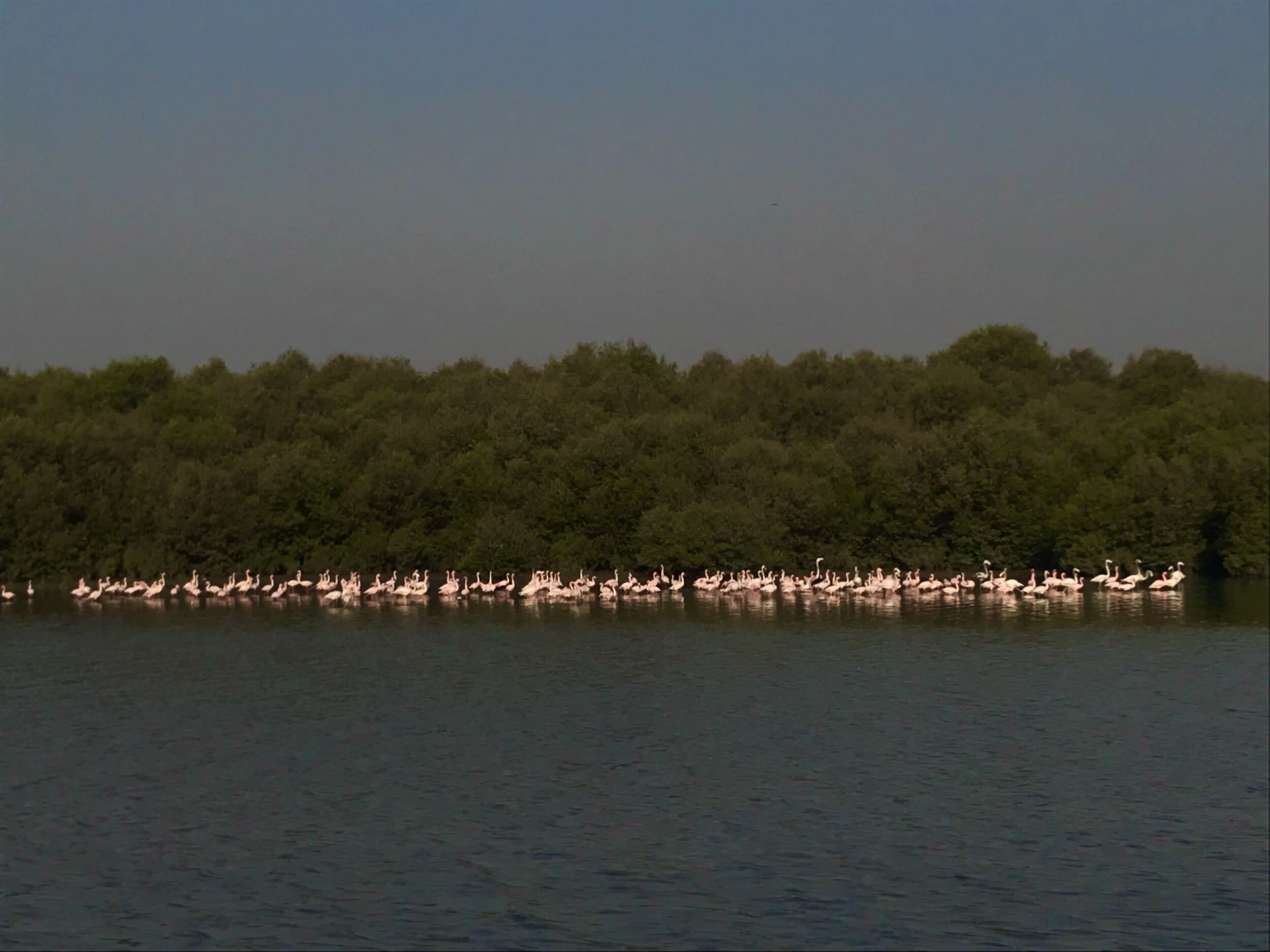
Abstract
The city is often imagined through binaries of land and sea, built and natural, settlement and landscape, wet and dry. This binary imagination, when extended to architecture, landscape, urban design and planning in the city of Mumbai has disastrous consequences. A city viewed in binaries is bound in a persistent war with an infiltrating sea and inundating rains, and forced into hard infrastructural measures to protect land. Yet, material practices in the city embody a gentler, more fluid reality. The project offers an entry into this alternate ground, revealed through an examination of the lived practices of three agents in the city. A ground that is dynamic, aqueous and constructed in time instead of a static geography. The project uses drawing as a practice to actively construct the environment, and speak through the language of wetness.
Project Note
The cartographic separation of land and sea is widely accepted as fact and often used as the base for urban intervention. This division is a forced cultural act; in material, land and sea are not static, and exist instead in an undivided continuous gradient of wetness. Imagined by a state focused on territory and property, this line dividing line and sea, is drawn and reinforced by practices like cartography and design. The line extends to define : organism from environment, human from ‘natural’, infrastructure from landscape, and a Linnaean order of species, amongst others.The wetness paradigm urges us to dismantle the learned colonizing language of binaries that draws the impermeable line drawn between land and sea.
The project proposes that living practices see, construct and operationalize their own ephemeral dividing lines in wetness. Separations that are as fleeting as the events that make them, visible only as long as the operating act. The research investigates alternative separations created by the practices of three actors in the city : the flamingo, the Koli fisher and the local train. The investigations contextualize the particular language of land-sea separation as only one of the many possible thresholds in wetness.
The research focuses on studying practices rather than forms, shifting the lens from permanence to transformation. The project uses drawing as a method of investigation and analysis - a medium to reveal the continuous undivided gradient of wetness across the city. It hopes to construct an alternate ground of wetness upon which urban planning and design, landscape architecture, policy and other practices of city building can act. The three agents of wetness, found in three places along an east-west transect, are drawn through multiple plots of satellite imagery, the deep section, and narrative. The plots shift the focus from geography to temporality, from land to sea, from fixed ground to aqueous terrain.
Worli : Koli Fisher
The Koli fisher practice drawings seek to understand a sea based perspective. When looking out to sea from land, the sea is assumed to be at motion, shifting and swelling, ebbing and flowing, while land is static. From the koli boat out at sea, it is the land that turns, shifts and grows.The drawings analyze Koli practices of fishing and navigation, drawing out land from an aqueous eye. The plots center the devices and separations that define time and environment and depth, for the Kolis out at sea, drawing land and the horizon as they stretch and circle back onto themselves.
Sion: Train
As the city has grown, the perception of its extents has consistently changed, its increasing infrastructure merging into its imagined geography and ecology. The network of infrastructure that forms the city is drawn to divide ‘land’ from ‘sea’; imagined as sitting solidly on land, outside of the sea. Once constructed, infrastructure asserts the imagination of its drawing, one of a separation of city from wetness, of island from estuary, of inanimate from animate. The train plots look at infrastructure in the city as a coast accumulating ground, viscosity as a quality of land and form, and the very stuff that makes the shore - the materiality of infrastructure, bodies, terrain and water.
Sewri: Flamingo
The land-sea separation is a perspective founded on colonial imaginations of individual and property. The language of duality requires the definition of an individual body, othering everything that lies outside an impermeable skin as ‘environment’. The Flamingo migration drawings re-examine the coast through the body of the flamingo : as a threshold of salinity, in the atmosphere rich with gradients of wetness, and in an imagination of environment that dispels the boundaries of species.
Watch Rhea Shah introduce Drawing on Wetness during our second seminar, Sea-ing the City here:











